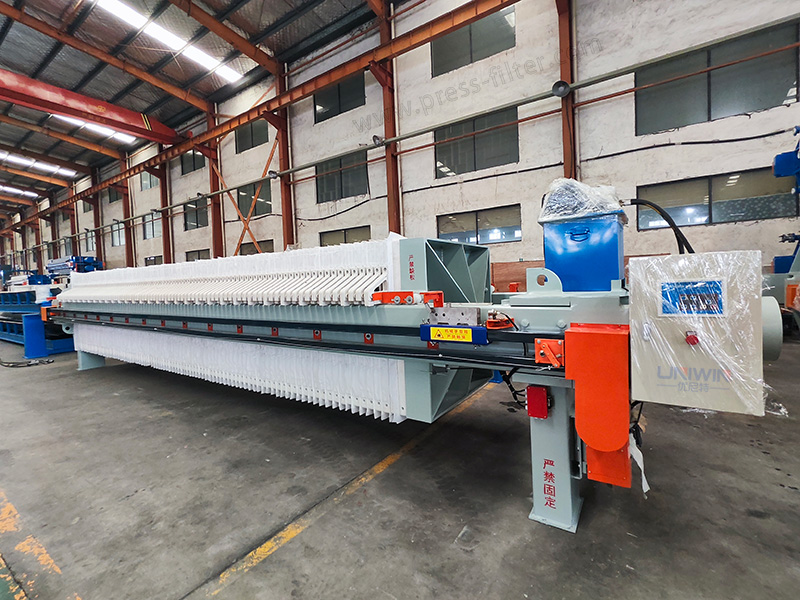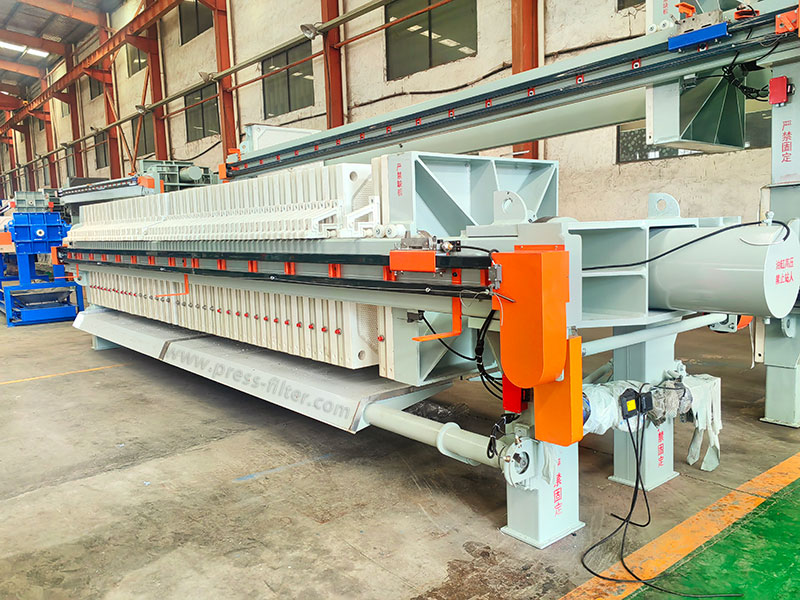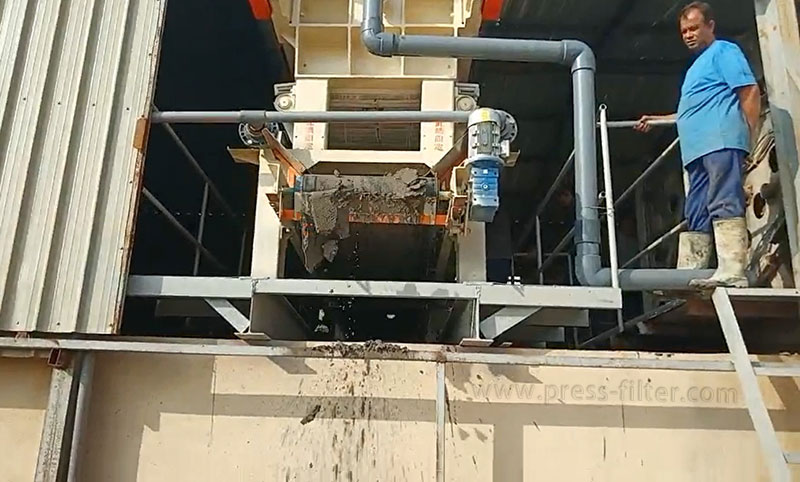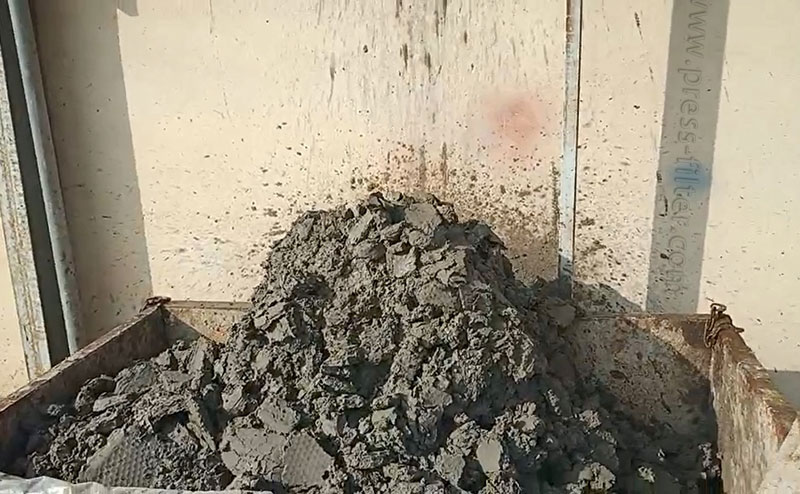How to Condition Sludge Before Filter Press Filtration?
The filter press has a significant effect in filtering wastewater, but other links are also indispensable, such as sludge conditioning. Before the treatment of sludge and sludge, conditioning and concentration of sludge are essential links. Even in the whole sludge dewatering process, sludge conditioning is the core technology. The following will introduce the sludge conditioning process before sludge and sludge filtering and dewatering.
What is Sludge Conditioning?
Sludge conditioning is a series of pretreatment steps taken during sewage treatment to improve sludge dewatering performance or subsequent treatment effects. Its main purpose is to change the physical or chemical properties of sludge, making it easier to handle, transport, and ultimately dispose of.
In order to effectively improve the particle state of the sludge itself, the interaction between them, and the hydration degree of the surface charge so that the sludge can achieve a higher concentration and dehydration efficiency, the sludge can be conditioned.
What is Used for Sludge Conditioning?
Commonly used inorganic conditioning agents such as calcium hydroxide, polyferric sulfate (PFS), ferric chloride (FeCl₃), etc., adjust the physical and chemical properties of sludge through chemical reactions. When using inorganic agents for conditioning, the pH value is generally controlled in the range of 6-9. Under this condition, there are two advantages: First, within this range, inorganic coagulants can play their coagulation effect. Second, the filtrate after sludge compression will not impact the sludge treatment system when it is returned to the sludge treatment system.
Organic conditioning agents are mainly high molecular weight polyacrylamide, and the dosage is 0.1%-0.5%. The type and dosage of organic conditioning agents for sludge have different properties. For sludge with high organic content, the more effective conditioning agent is a cationic conditioning agent, while for sludge mainly composed of inorganic matter, an anionic conditioning agent can be considered.
Cationic sludge conditioners are divided into many types. To choose a suitable sludge conditioner, you need to consider two indicators. One is the ionicity, which refers to the charge density of the molecular chain. The ionicity of the conditioner used is different according to the different properties of the sludge produced in different industries. If the ionicity is too low, the sludge flocs are not tight enough. If the ionicity is too high, the sludge flocs will have excessive charges and repel. The second is the molecular weight. The size of the molecular weight mainly determines the size of the dosage. If the molecular weight is small, there will be no flocs or small flocs. If the molecular weight is too large, the conditioner will wrap the sludge particles, and the flocs will repel each other, resulting in a poor flocculation effect and unsatisfactory filter press or centrifugal effect.
Sludge Conditioning Experiment
Generally, it is necessary to first go through the sludge conditioning experiment and obtain the ideal results before the sludge raw materials are concentrated and conditioned on a large scale according to the experimental proportions, and then the sludge is filtered and dehydrated. The following are the experimental steps.
- Place an appropriate amount of sludge and filtrate in two plastic buckets, and add 1000mm and 800mm of residual sludge into the two sedimentators, respectively. At the same time, 200mm of filtrate should be added to the sedimentator with 800mm of residual sludge, stirred evenly with a glass rod, and let stand.
- Record the data. In the initial stage of the experiment, record the mud-water interface value in the measuring cylinder at an interval of 30 seconds. After 30 minutes of the test, the recording interval can be extended to every 10 minutes. After 2 hours of the test, record every 30 minutes, and the reading time will be continuous for 4 hours.
- During the test, the concentration of the residual sludge was measured.
- The concentration of the residual sludge was measured after adding 20% filtrate and concentrating it for 4 hours.
- The sludge sedimentation curve was drawn by sorting the data.
Conclusion
In summary, with the improvement of sludge treatment standards, the combination of optimization of the conditioning process and deep dehydration technology provides an effective solution for reducing sludge moisture content. The choice of sludge conditioning depends on the nature of the sludge, treatment requirements, and economic costs. The effectiveness of conditioning treatment can not only improve the sludge dehydration rate but also reduce the cost of subsequent sludge treatment and disposal and reduce environmental risks.





